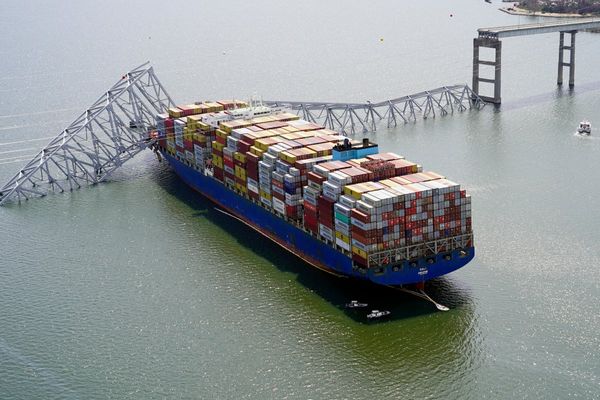
Formula 1 teams’ strategies for Sunday’s Brazilian Grand Prix are set to involve the softer two compounds, with the weather negatively affecting track conditions.
It has been a cool and damp few days in Sao Paulo. Even today, the ambient temperature is set to reach 20C at best according to Meteo-France – seven degrees down on typical temperatures at this time of spring – and there shouldn’t be much sunshine, though showers are not too likely on Sunday.
This means the track will be cold and ‘green’, with too little grip for the hard tyre to function properly – it corresponds to the C2 compound, with the C3 and C4 also available at Autodromo Jose Carlos Pace. “The hard is not really an option for the race,” Pirelli’s motorsport director Mario Isola announced on Saturday night.
Yet there might still be some strategic variance, as Isola expects one-stoppers and two-stoppers to both be viable options.
“If they want to plan a one-stop strategy, soft/medium, that is on paper the quickest but also very marginal in terms of wear,” Isola added, pointing out that in the 24-lap sprint that was red-flagged on lap seven, most cars got new tyres during the interruption and yet “some sets of soft were quite at the limit around 20 laps”.

“If the plan is to go with a one-stop strategy, soft/medium, the pitstop window should be around lap 24 to 30,” the Italian estimated. “With a soft in the first stint the wear is an issue, it's something that they have to consider.
“If it is not possible to plan a race on a one-stop or to finish the race with a one-stop, soft/medium/medium or soft/medium/soft again are both good options.
“Soft/medium/medium is slightly quicker, but if you add the coefficient for traffic, it becomes slightly slower – but they are quite close. So these three strategies are possible.”
Making the most of the grooved track surface will be crucial at the start as grip is reduced, bearing in mind the medium compound induces a two- to three-tenth gap to softs as far as race pace is concerned – a smaller gap than Pirelli was hoping for.
Regardless, tyre management should be straightforward. “We didn't have graining, we didn't have abrasion, so it's all – as usual – a matter of thermal degradation and keeping the tyre into the working window,” Isola said.
Additional reporting by Federico Faturos








Read and post comments